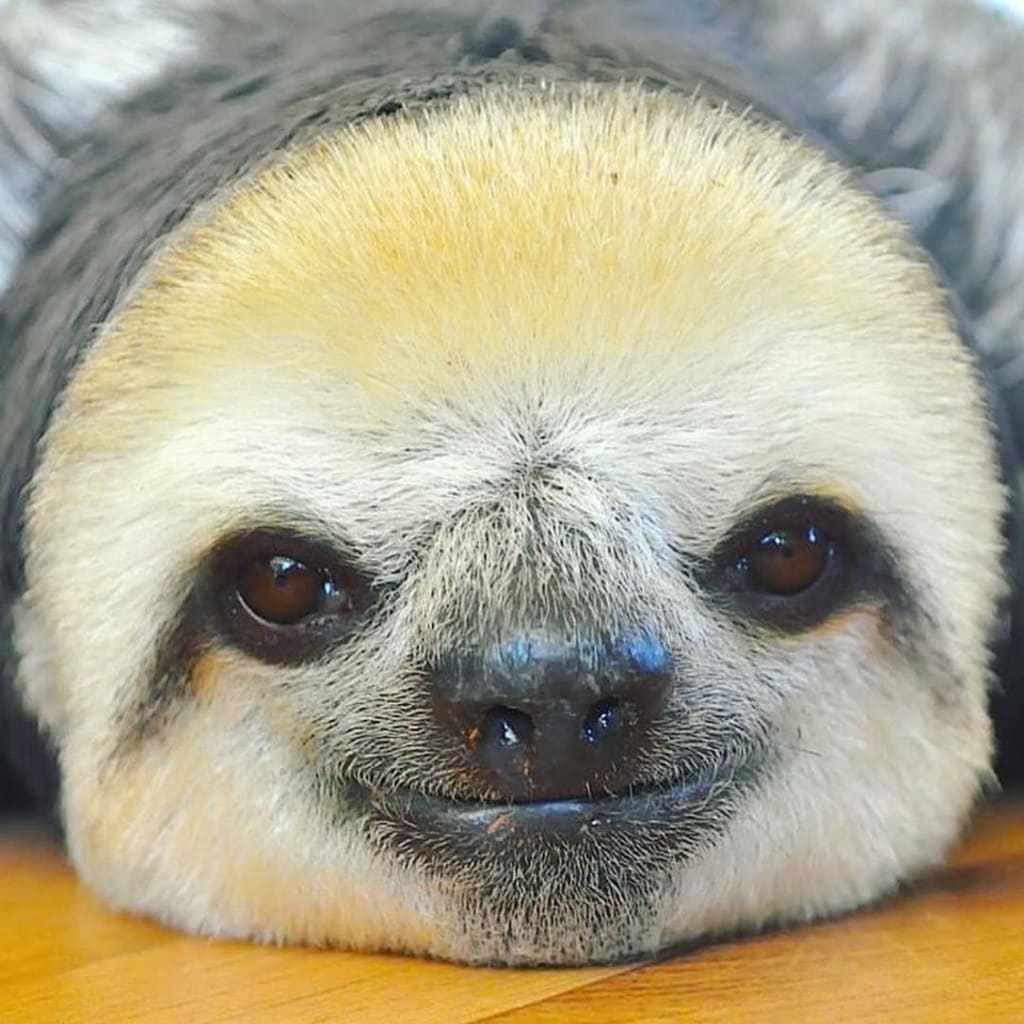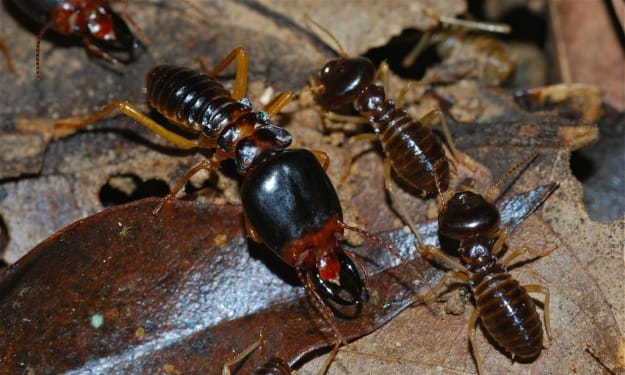One of the Cutest Animals in Costa Rica. . The Two-toed & Three-toed Sloth
The sloth will capture your heart quickly!

You'll remember the day that you spot your first sloth in the wild. It may be that you will be driving down the road and you'll see one ahead to your left. . trying to cross the road without getting hit by a car. You'll no doubt pull over and help the sloth to the other side. Many of us have experienced this and wow, it feels so good! You've just interacted with nature. . you've become ONE with the forces around us AND within us to save a life! It is life changing. . yes, it is indeed. .
This leisurely creature moves through the trees at a very slow pace. This tree-loving animal pays little mind to cleanliness. Its matted hair plays host to large communities of parasitic moths, mites and green algae that help them remain camouflaged from jaguars and eagles. Every creature serves a purpose in nature. . and the sloth takes advantage of this!
There are two families of sloth found in the tropical rainforests of Costa Rica. First, the herbivorous three-toed sloth and the omnivorous two-toed sloth. Three-toed sloths are more active during the day, so you have a better chance of sighting one than the night-loving two-toed sloth. There are six species, the most common being the brown-throated sloth, in addition to the pale-throated sloth, Hoffman’s two-toed sloth, Linnaeus’s two-toed sloth, the maned sloth and the endangered pygmy three-toed sloth.
Sloths have a round head and flattened face with tiny ears, beady eyes and a snub nose. The two-toed sloth is slightly bigger than the three-toed. Their well-developed arms are long and boney, each with two or three curving claws that hook over and grasp the branches. securely. Only the hands have a different amount of claws or "toes". The hind legs of both have three toes!
Their thick fur is home to algae and mold, giving it a green tinge. They spend most of their time suspended upside down, using their claws to grasp branches. Their claws are curved and measure 3 to 4 inches long. Two-toed sloths measure up to 28 inches long and weigh up to 21 pounds.
The sloth is found in almost every area of Central and South America, hanging from the tall trees in cloud and rain forests. You may see an upside-down sloth tucked into a tree branch, basking in the sun. The thick, matted coat of sloths helps keep them insulated, but dropping nighttime temperatures lower their body temperature, and, like reptiles, they rely upon the sun to elevate their temperature back to normal. If the sloth’s body temperature drops too low, the bacteria in their stomach will stop working and the sloth may starve. Eagles prey upon these relatively defenseless sloths, resting in the branches above plucking them from the open canopy. Jaguars love to hunt the helpless creatures and enjoy the ease of the effort.
Sloths spend the better part of their day lounging in the treetops. The sloth spends between 16 and 19 hours curled up asleep each day. At their fastest speed, sloths travel less than 1 mile in 4 hours through the trees. While on the forest floor, they move at an even slower pace, struggling to crawl or simply falling over.
Their digestive system works just as slow. The low metabolism of a sloth is half the rate of other similarly-sized animals and food may stay in the stomach for up to one week. Sloths have developed extremely large intestinal tracts, a four-chambered stomach and bacteria in the stomach that helps process the huge amounts of tough leaves that they consume every day. This low-energy diet results in the slow movement and long sleeping periods. This animal for sure is not going to win any races!
In line with its slow lifestyle, the sloth defecates only about once a week. At this time, it descends to the forest floor, where it excavates a small hole with its hind claws. It then excretes its dung, covers the hole with leaves and returns to the trees. Sloth moths, which live in the fur of the sloth, lay their eggs in the feces where they hatch and feed, continuing the cycle of reproduction.
If you've been to Costa Rica. . if you've seen advertisements on TV, billboards, etc., there is a good chance that this amazing country is being represented by either a smiling toucan or a happy sloth! This a creature that is reveled and cherished in Costa Rica. There are sloth rescue centers or, "sanctuaries" all over the country. Many become injured and need immediate attention. There are also many volunteer opportunities. I know of a family who visits Costa Rica every year to work a week or so in a sloth rescue center. They have told me many times that this is their favorite time of year and they look forward to their time spent embedded in the jungles, helping save the lives of sloths and other native animals!
Sloths are plentiful throughout Costa Rica, but may be difficult to spot with an untrained eye. A professional nature guide can help point them out. As a general rule, the further south you go along the Pacific Coast, the more likely you are to see wildlife as the concentrations are higher. The South Pacific and Osa Peninsula are prime wildlife-watching destinations. If you simply Google, "Sloth Guides in Costa Rica", you will find many who will almost guarantee you a sighting or two.
Have fun exploring and I sure hope you have a chance to catch a glimpse of one of our many beloved creatures here in paradise, the sloth!
Pura Vida. . .
You're invited to visit our websites at www.costaricagoodnewsreport.com & www.costaricaimmigrationandmovingexperts.com
Also, please enjoy our over 1,700 episodes of our "Costa Rica Pura Vida Lifestyle Podcast Series". We are found on all major podcast venues, including iHeartRADIO, Spotify, Apple Podcasts, Google Podcasts, Radio FM, Anchor and many more. Here's our link: www.anchor.fm/costa-rica-pura-vida
About the Creator
William "Skip" Licht
Costa Rica is a magical place. Since November, 2002, when I first visited this country, I have been in love with the people, the culture, its biodiversity, the food. . everything about it makes me happy! Now I share my excitement with you!






Comments
There are no comments for this story
Be the first to respond and start the conversation.